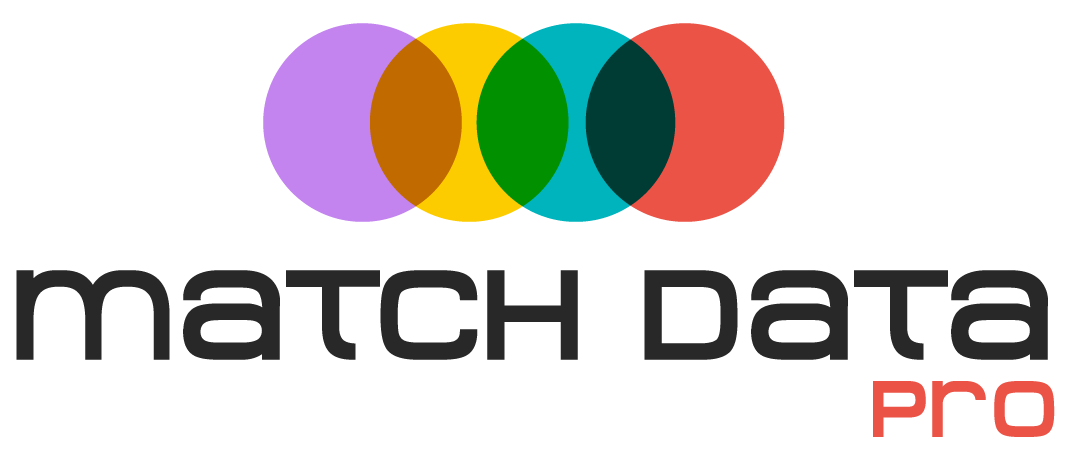When mergers and acquisitions happen there’s usually a rush to standardize, synchronize and merge at least some of the data (information), systems, processes and resources. This is in an effort to capitalize on strategic synergies aiming to achieve aggressive ROI targets, which requires quick action and implementation.
The data is usually the first priority because systems manage the organization’s resources and processes but all of this runs on data. Products are labeled and sold with data. Processes and resources are allocated and managed with data. How often do you meet your customers in person? It’s usually by phone or email using data in your systems (or in an Excel sheet).
But here’s the thing:
These are usually very broad initiatives with hundreds of thousands of moving pieces. And data often requires business SMEs and lots of massaging and eyeballing to get it right.
So what do you do?
Hire 100 data analysts who will take months to hire and more time to learn your business?
Many organizations choose to invest in no-code point and click data management software so they can shift their business SMEs over to the data work, while other specialists handle other pieces.
It’s not just big companies and it’s not just mergers and acquisitions, this kind of strategy is becoming much more common. It’s leveraging existing business staff to more effectively manage data.
Author: Ben Cutler
Inquiries: bcutler@matchdatapro.com
